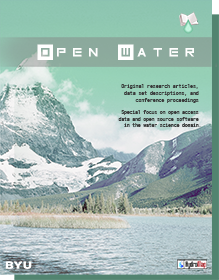Keywords
Large Dams, Major Dams, Ecological Costs, Sustainability, Water Security, Energy Demand
Abstract
In response to growing energy needs and emerging water insecurity, countries around the world have resorted to building dams of unprecedented size. This dynamism emerged following a global consensus at the end of the 20th century that vowed to transform the large dam industry into one that was sustainable and ecologically sensitive. The consensus evolved due to years of popular anti-dam activism on a global scale and the emergence of new knowledge on various aspects of large dams. Although the number of large dams built has sustained its descending pattern that has initiated in the late 1970s, hundreds of dams with unprecedented size have emerged around the globe in the last twenty years. These dams have distinguished attributes. By descriptively examining ICOLD’s World Register of Dams data, this study revealed that large dams of the 21st century are larger in size. They create expansive reservoirs with unprecedently large surface areas. Paradoxical to the size of their surface area, these reservoirs have limited storage capacity/volume and larger Surface-to-Volume Ratios. Such attributes come with far-reaching ecological and sustainability implications. The study concludes that large dams of the 21st century are incompatible with the environmental and sustainability-related standards/requirements of the contemporary ecological age. As such, these aspects of the 21st century large dams should be robustly scrutinized.
BYU ScholarsArchive Citation
Ahmadzai, Atal
(2021)
"Exploring the Physical Attributes of 21st Century Large Dams: A Descriptive Study from Ecological and Sustainability Perspectives,"
Open Water Journal: Vol. 7:
Iss.
1, Article 1.
Available at:
https://scholarsarchive.byu.edu/openwater/vol7/iss1/1
